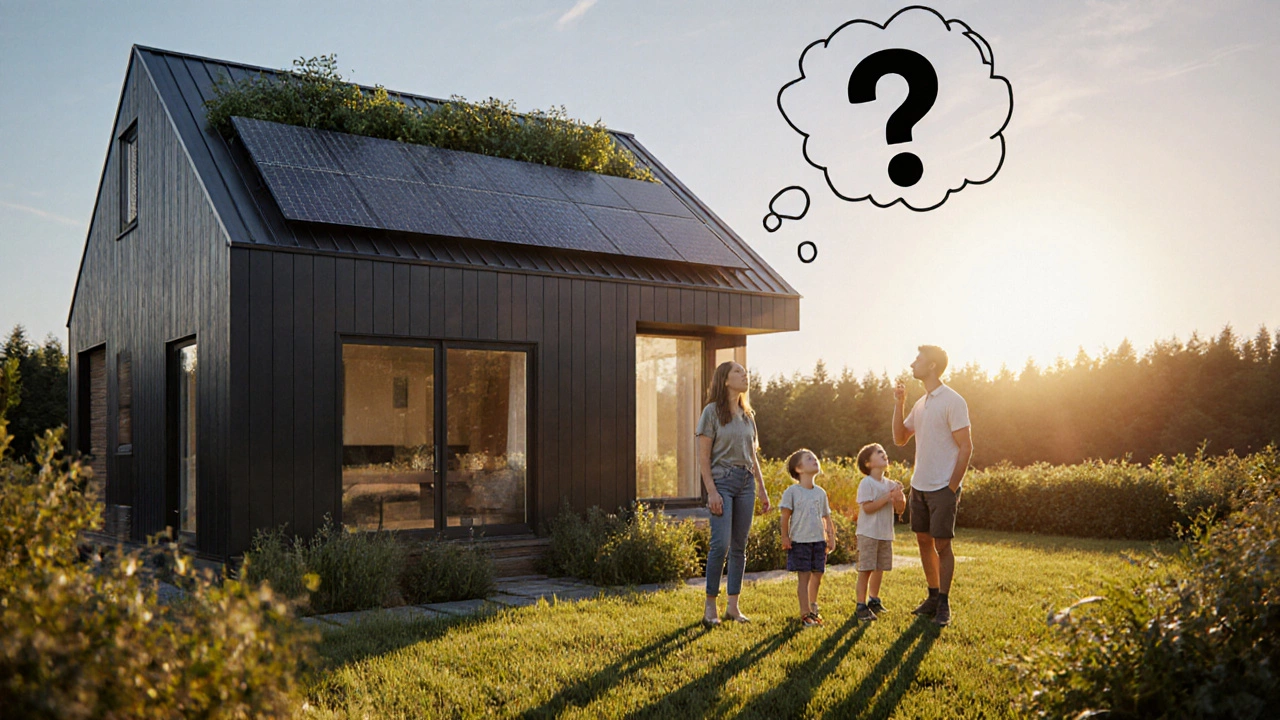Sustainable Building Cost
When planning a Sustainable Building Cost, the total expense of constructing a building that meets environmental standards while staying within budget, you quickly discover it isn’t just about price tags on bricks. It also means thinking about energy use, material choice and long‑term upkeep. Right after that, most people wonder how an eco‑friendly house, a dwelling designed to reduce energy use, waste and carbon footprint differs from a regular build. The answer lies in three core ideas: passive design, low‑embodied‑carbon materials, and renewable energy systems. Those ideas shape the sustainable building cost in ways that traditional construction doesn’t. For example, a green building often needs extra insulation or triple‑glazed windows, which raise material costs but cut heating bills for years to come. Understanding these trade‑offs is the first step toward an affordable, responsible project.
Key Factors that Shape Sustainable Building Cost
One major factor is the type of material you choose. Green building, construction that uses recycled, locally sourced, or low‑impact materials can cost more upfront than standard concrete or brick, but it reduces embodied carbon and often lasts longer. Reclaimed timber, hempcrete, or insulated panels may carry a price premium of 10‑20 % but can lower lifecycle energy use by 30 % or more. Another driver is design complexity. Buildings that use passive solar orientation, natural ventilation, or rooftop gardens need careful planning and sometimes specialist consultants, adding to design fees. Yet those design choices can slash operating costs, meaning the total cost of ownership stays lower.
Labor expenses also shift when you go green. Skilled craftsmen familiar with timber frame or rammed earth command higher wages, but they bring precision that avoids costly rework. In contrast, DIY‑friendly systems—like prefabricated insulated panels—let homeowners handle part of the build, trimming labor costs dramatically. Don’t forget mechanical systems: heat pumps, solar PV, and rainwater harvesting require upfront investment, often billed as separate line items. However, many governments offer rebates or tax credits that offset those numbers, so the net impact on sustainable building cost can be neutral or even positive.
Finally, hidden costs can catch you off guard. Maintenance of green roofs, for instance, needs periodic inspection and specialized care, which adds to the ongoing budget. Likewise, durability of innovative materials may be less documented, meaning you might face unexpected repairs. The best way to keep those surprises low is to run a detailed cost‑benefit analysis early on, comparing the payback period of each green feature against its initial outlay. Tools like life‑cycle assessment software or simple spreadsheets can map out the total cost curve, helping you decide which eco‑options give the biggest bang for your buck.
By now you’ve seen how material choice, design, labor and hidden expenses intertwine to form the overall sustainable building cost. Below, you’ll find articles that break each of these pieces down further—real‑world price guides, step‑by‑step savings tips, and case studies that show exactly how an affordable eco‑friendly house can be built without breaking the bank. Dive into the collection for practical insights you can apply to your next project.
Eco-Friendly House Costs: How Expensive Are Green Homes?
Discover how much eco‑friendly houses cost, why they’re pricier, and how savings, incentives, and smart choices can make green homes affordable.
- Oct, 19 2025
- 0 Comments
